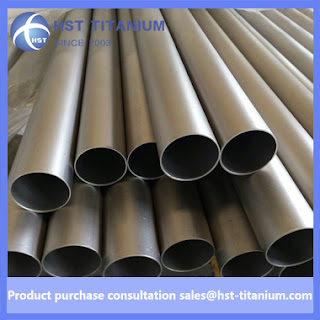Due to the high manufacturing cost of titanium alloys, in order to reduce costs, the competitiveness of titanium alloys in the entire metal material market has been improved at a lower price. It is generally believed that titanium has incomparable superior performance compared to other materials, but the price of titanium often discourages consumers (especially car manufacturers). The emergence of high-quality, low-cost titanium alloys will certainly help the popularization and application of titanium and titanium alloys.
Judging from the application status at home and abroad and the development of titanium processing technology, the plastic processing technology of titanium and titanium alloys will develop in the following directions in the future:
1) High performance, that is, the development of alloys with higher service temperature, higher specific strength, higher specific modulus, better corrosion resistance and wear resistance.
2) Multi-function, namely the development of titanium alloys with various special functions and uses, such as high damping, low expansion, constant resistance, high resistance, resistance to electrolytic passivation and hydrogen storage, shape memory, superconductivity, low modulus biomedical And other titanium alloys, and further expand the application of titanium and titanium alloys.
3) Deepen the research of traditional alloys, improve the practical performance of existing alloys, and expand the application range of traditional alloys through the improvement of equipment and processes.
4) Adopt advanced processing technology and large-scale continuous processing equipment to develop continuous processing technology, direct rolling technology, cold forming technology and near-net forming technology to improve the production efficiency, yield and product performance of titanium alloys.
5) Reduce costs, develop alloys that contain no or almost no precious metal elements, and add cheap elements such as iron, oxygen and nitrogen, and develop titanium alloys that are easy to process and shape, easy to cut, and have cheap alloy elements and master alloys. Develop titanium alloys and use banned materials to increase the recovery rate and utilization rate of banned titanium. This is particularly important for reducing the cost of civilian titanium alloys.
6) Use advanced computer technology to simulate the deformation and processing of the workpiece, predict the evolution of the metal microstructure, and even predict the mechanical properties of the product (yield strength, tensile strength, elongation, hardness, etc.). ), and design or improve molds and tooling; analyze and process test results, reduce test volume, improve work efficiency, and reduce development costs.
machined titanium round rod titanium foil grade 5 Ti 15333 Titanium Strip titanium hexagon rod



